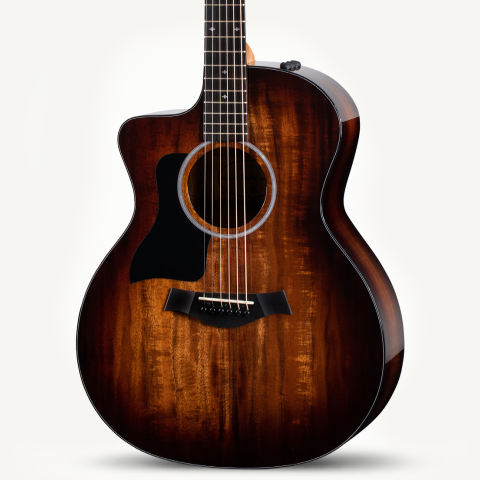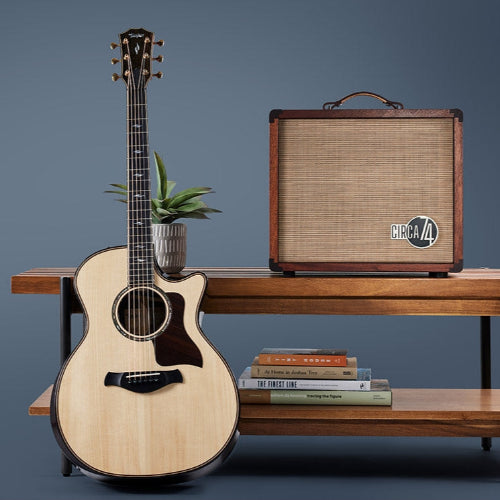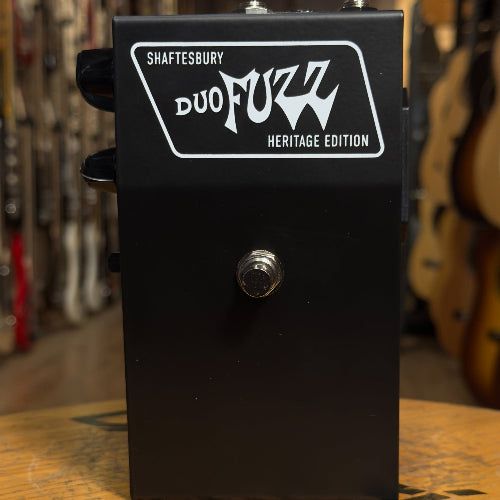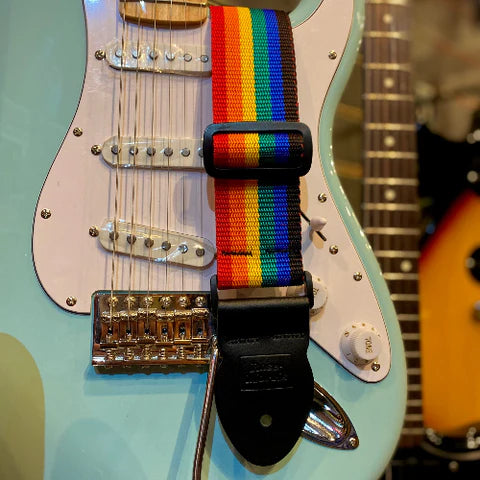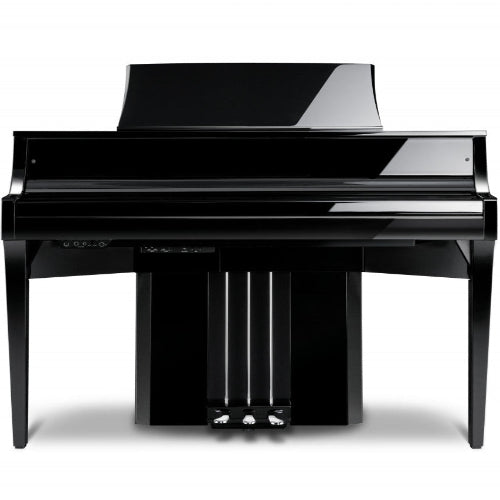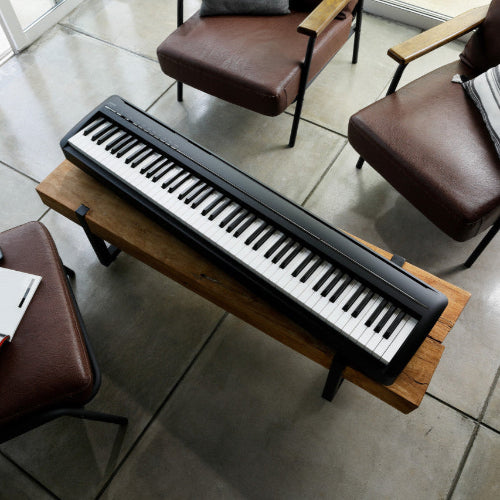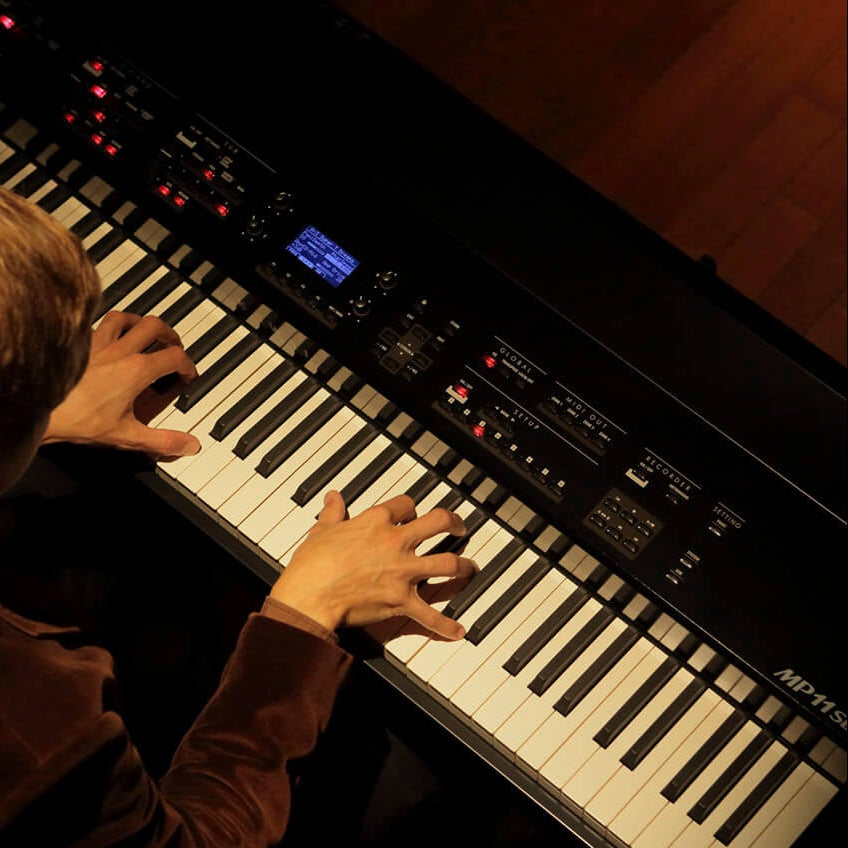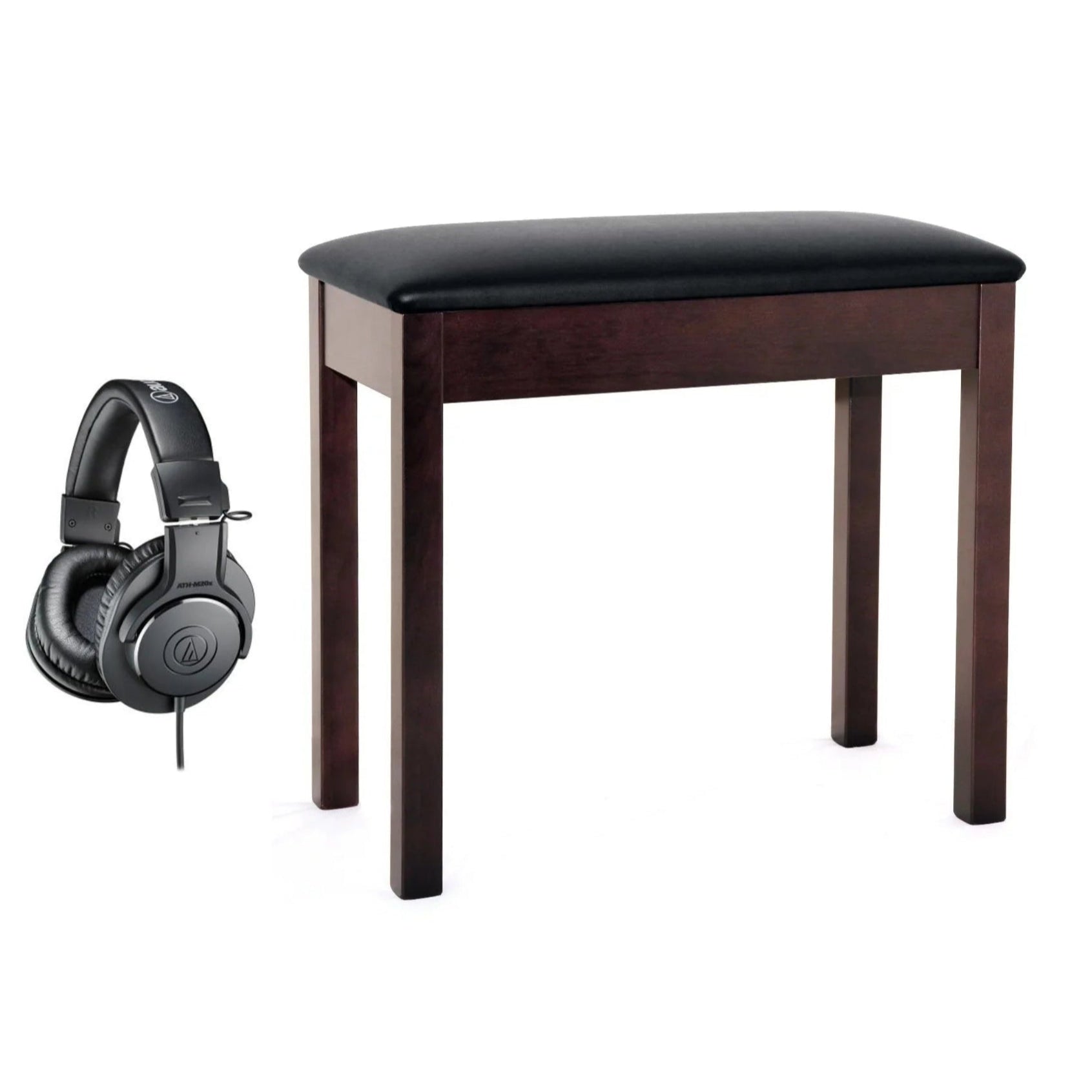The next two years were to prove the inconvenience of the company's premises and the disadvantages of being in two buildings. Larger premises were sought where all departments might be together under one roof. Eventually a building of some 11,000 square feet (this time on six floors - but with a hydraulic lift!) was found at 83-85 Paul Street, E.C.2 and in 1953, for the first time in nearly twenty years Rose, Morris & Co. Ltd. operated from a single address.
For its day, the factory was modern and a great deal of new machinery was installed. The warehouse was spacious, offices adequate and there was a good packing department with a loading bay and crane. The integration of the two factories led to the gradual abandonment of lines such as toy xylophones, and there was a greater concentration, by the section that had been making them, on metalwork complementary to the growing production of drums: stands, pedals, hoops, fittings and accessories of many kinds.
Here, too, the Dulcet Celesta Chime Bar was born - now an established tool of musical education. There was, in fact a subtle and gradual change in the company's interests in the nineteen-fifties: a metamorphosis that resulted in the shedding of some lines of unimportant merchandise and the acquisition of a number of valuable agencies for 'prestige' instruments and accessories. The staff of nearly sixty was fully employed, and warehouse space was soon at a premium once more.
By good fortune the building next door became available and a prompt move secured it for RM. The twin of the existing building, 79-81 added a further 11,000 square feet (and another lift), and it proved practicable to connect the two at every level so as to operate as one unit. The factory now had the top two double floors and the warehouse the remainder. A separate office was provided for the export department and a trade counter set up on the ground floor. In collaboration with the Forest Products Research Establishment the factory developed a novel method of wood-bending, designing and installing new equipment for the purpose. The results of this installation were made available to the Research Establishment for general use.
1956 opened with the company forging ahead on all fronts. January, however, brought a sad blow to Rose Morris and its staff, in the sudden death of Victor Morris. He had been attending business up to the day prior to his death: his passion left a gap in the company and in the trade. It is no overstatement to say, that he was regarded with affection by all.
In April 1956, Roy Morris was appointed to the Board. He and the Woolf brothers continued travelling for the firm, leaving the elder directors to look after the day-to-day running of the business.
The following year saw the escalation of demand for guitars and drums: never before had there been such a peak. Just as the company had been established in the birth-year of jazz, so now it was in an enviable position to meet the enormous demands for instruments that arose from the growth of groups. Rock and-Roll, Skiffle and associated new musical trends were performed by small groups of players, combining drums with guitars - new groups mushroomed overnight. Drums and guitars, guitars and drums - the new, enlarged warehouse was choked with them and the factory worked all hours in an endeavour to keep production in step with demand.
These were predominantly acoustic guitars - the amplification boom was to come later – and, in the main, inexpensive models. Successive years continued the pattern of 1957, with peak demands for 'group' instruments super-imposed upon a steady and slowly rising demand for musical merchandise of all kinds.
The demands of the business, present and foreseen, led to diversion of William Woolf and Roy Morris more and more towards indoor activities, the former to understudy Stanley Rose in the overall control of the company and the latter, from April 1959, to learn from Leslie Rose the intricacies of buying.


